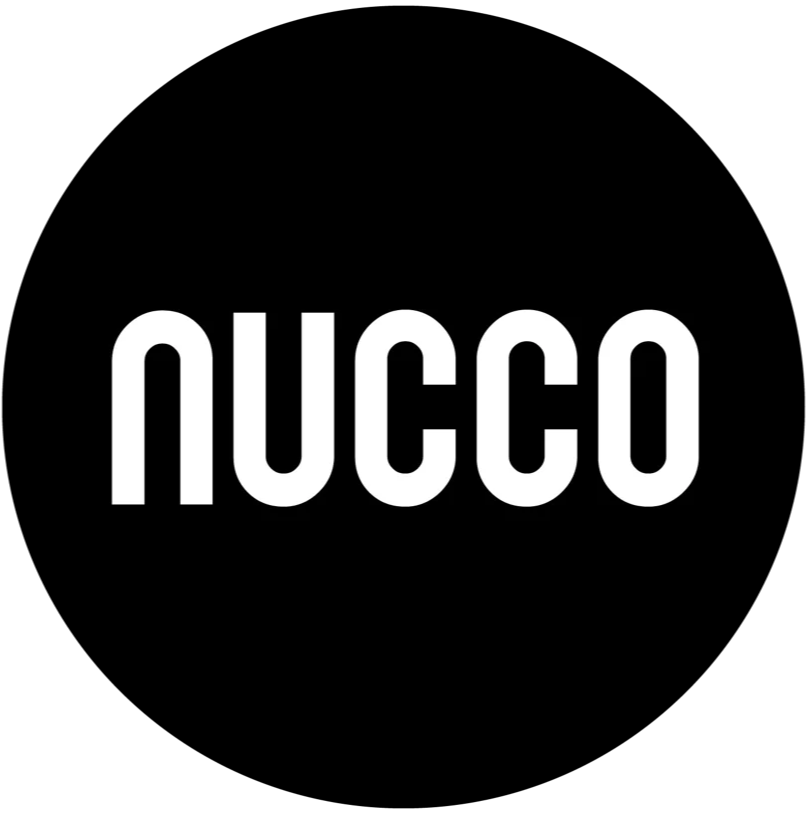S1E7: STRATEGY AND PLANNING GUIDE: IS THERE AN INTERNAL BRIEF?
.jpg?width=1400&height=930&name=davide-ragusa-gcDwzUGuUoI-unsplash%20(1).jpg)
Too much information or not enough?
By Mark Iremonger, MD & Strategy Partner at Nucco, a UNIT9 company. In previous lives, Mark has been MD of UNIT9, the Head of Digital and Head of Planning at BBDO’s Proximity London, the Chief Strategy Officer, and then CEO at the Hearst Corporation’s iCrossing. Agency strategic lead for P&G, Allianz, Lloyds Banking Group, Royal Mail, J&J and Aviva. Mark has been a member of the British Council’s Creative Industries Advisory Panel, a Vice Chair of BIMA, a member of D&AD, and a board member of Wired Sussex, which promotes digital creativity, innovation and growth.
Article 7 in this series about strategy and communications planning explores how, after defining your proposition, it is often necessary to write an internal creative brief. 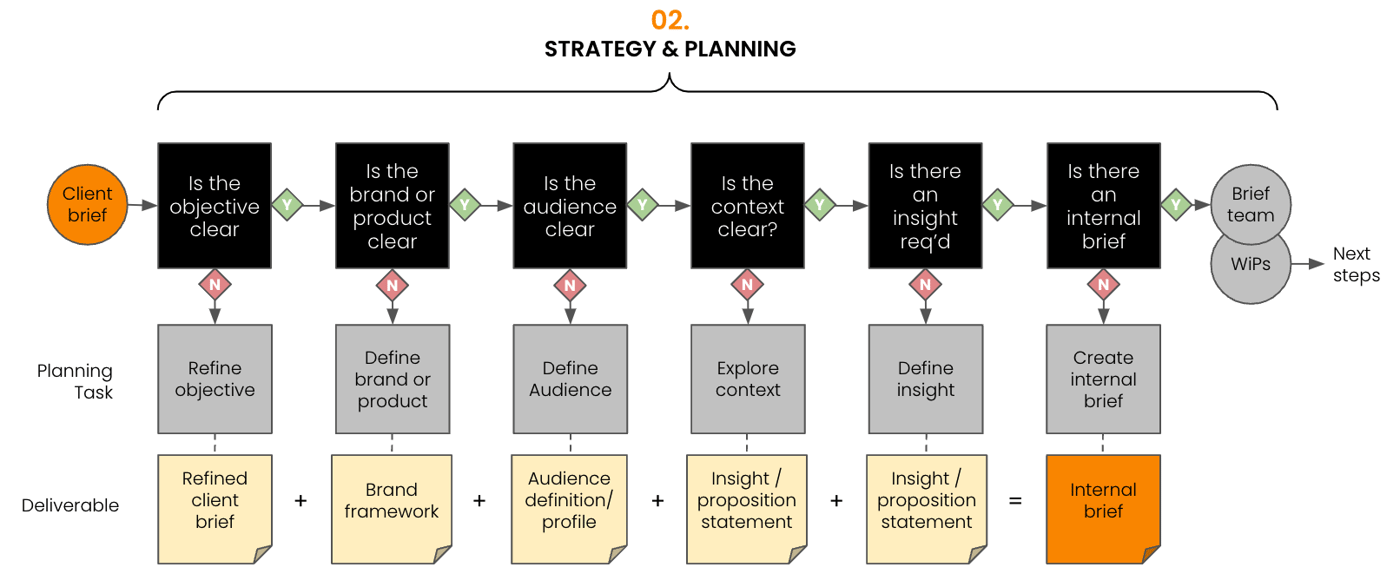
“When forced to work within a strict framework, the imagination is taxed to its utmost – and will produce its richest ideas. Given total freedom, the work is likely to sprawl.” TS Eliot
It is often necessary to write an internal creative brief. Client briefs, by their nature, include too much or not enough information. They also invariably speak from the business, not the audience's perspective, and are not focused enough on what we need to do to persuade perspective change.
Templates can be useful, but a ‘horses for courses’ approach invariably produces the best outcomes.
There isn’t a single format for a brief, we typically consider three types:
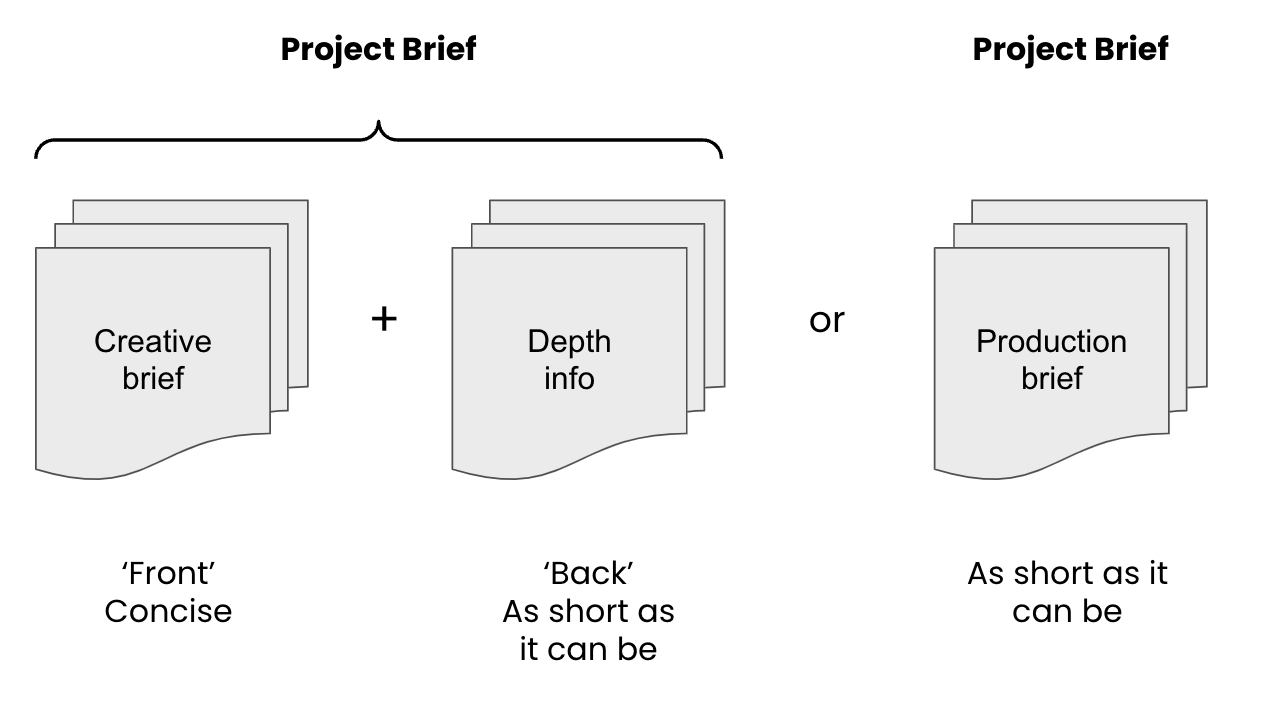
Central to the internal creative brief will be the insight/proposition, alongside the information people need, on ideally no more one or two sides of A4, to develop creative ideas. Everything else goes in ‘depth info’ if required.
Keep David Ogilvy in mind: “Give me the freedom of a tight brief”.
A common format to think about when writing briefs comes originally from my time at BBDO where we considered the brief within the following structure, which we often use to write a creative brief:
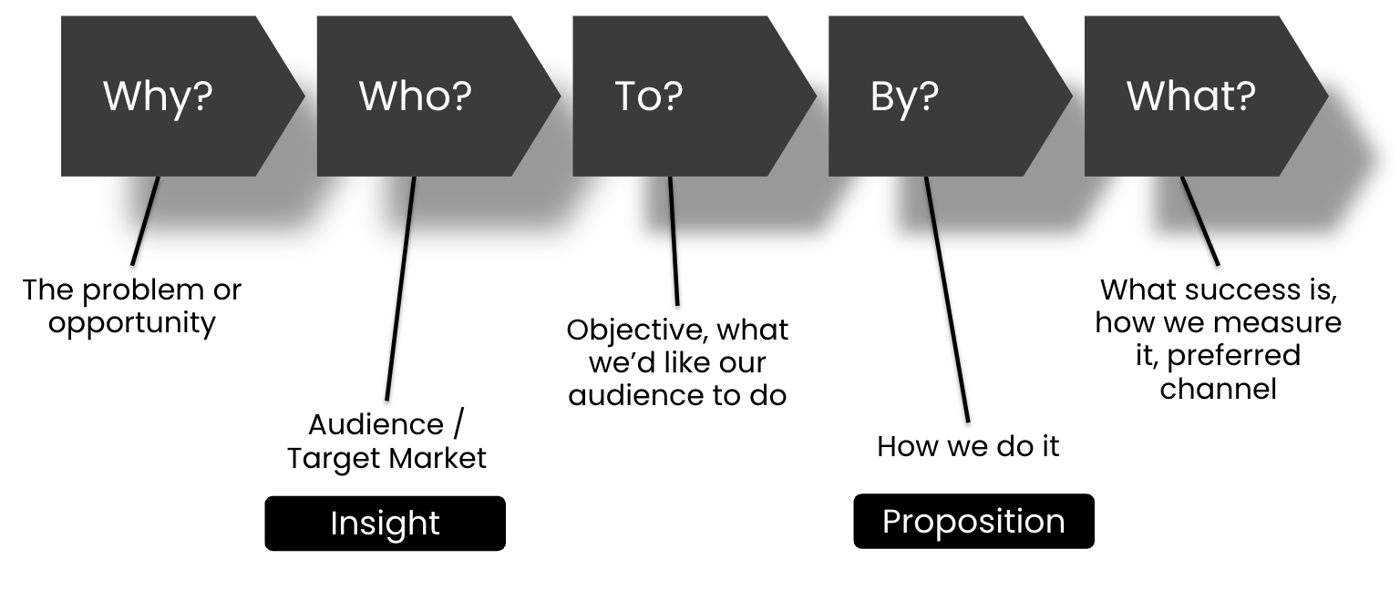
It can really help to summarise the insight in a way that is internally memorable. In this example, the insight that parents have a nostalgic want to create memorable moments for their children through natural wonder was summarised as ‘lady-birds not angry-birds’.
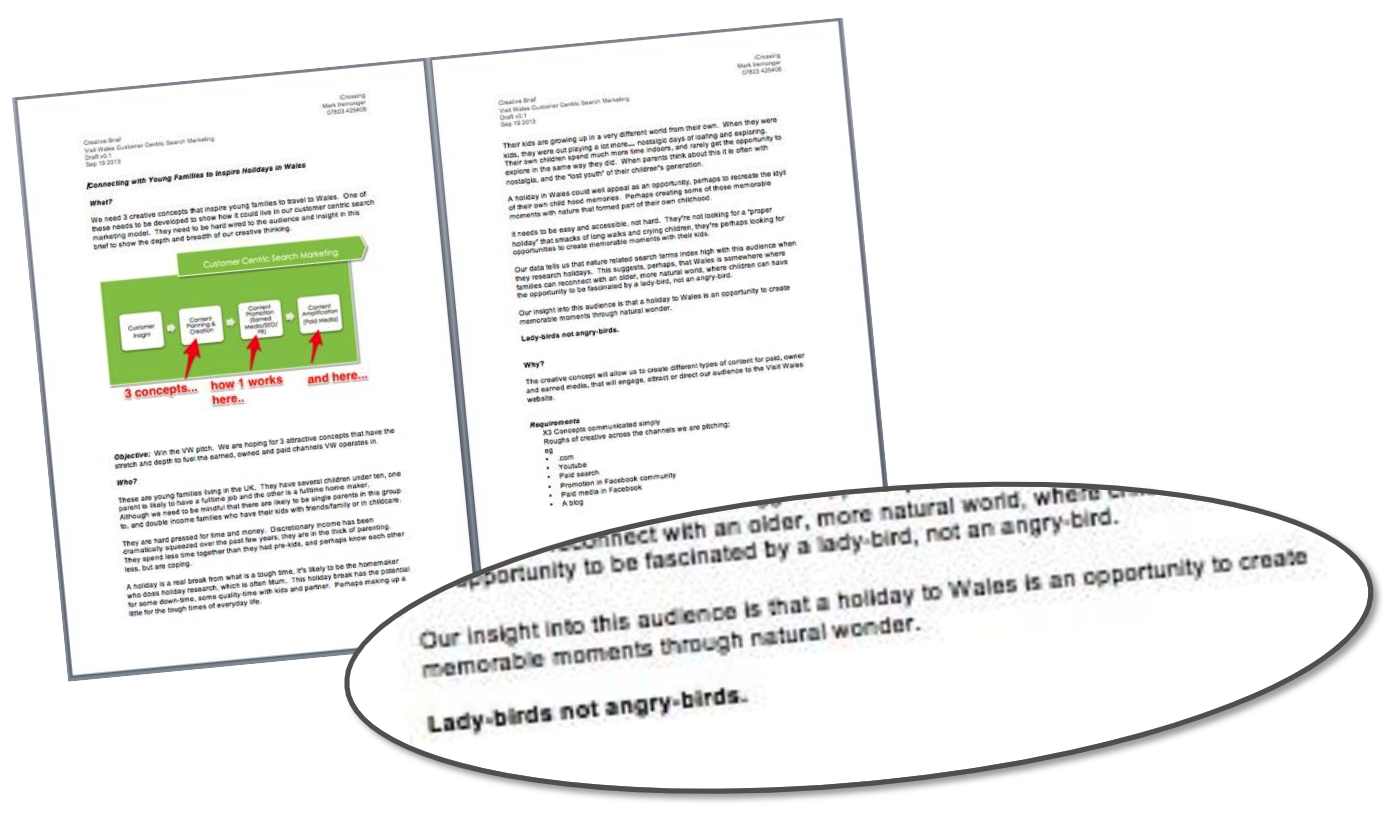
Alongside the creative brief, you should consider as part of a creative briefing thinking about inspiration content, that might be competitors or other sectors that are working in a similar territory. Cannes Lions can be a useful resource for researching award-winning work.
Once you have completed your brief it is time to switch to ‘shepherd mode’.
Once your brief is in place, you are ready to brief creative, and then switch to a shepherding mode of keeping agency and client on board and aligned with your brief.
If you missed S1E6: Strategy and Planning Guide: Is there an insight? you can view it here.
I hope you enjoy the series, please feel free to message me directly with your thoughts and comments at mark.iremonger@nucco.co.uk.
The next article summarises our strategy and planning series.
